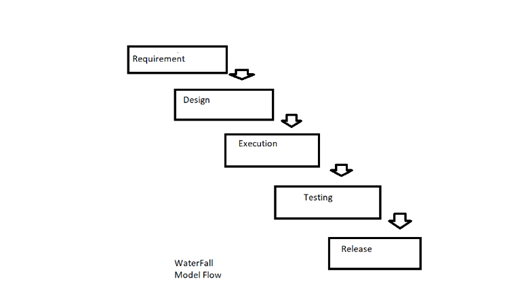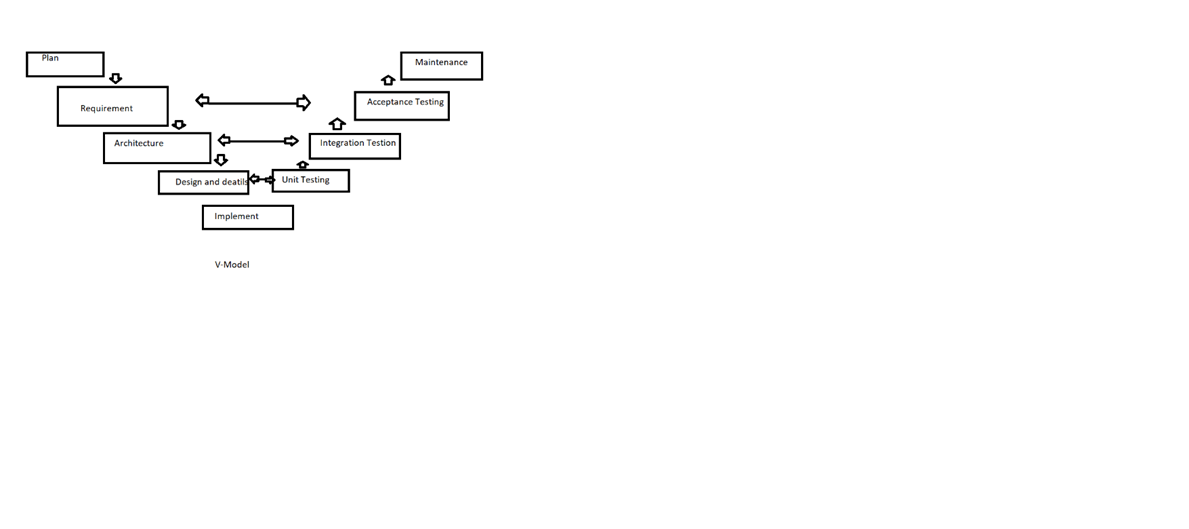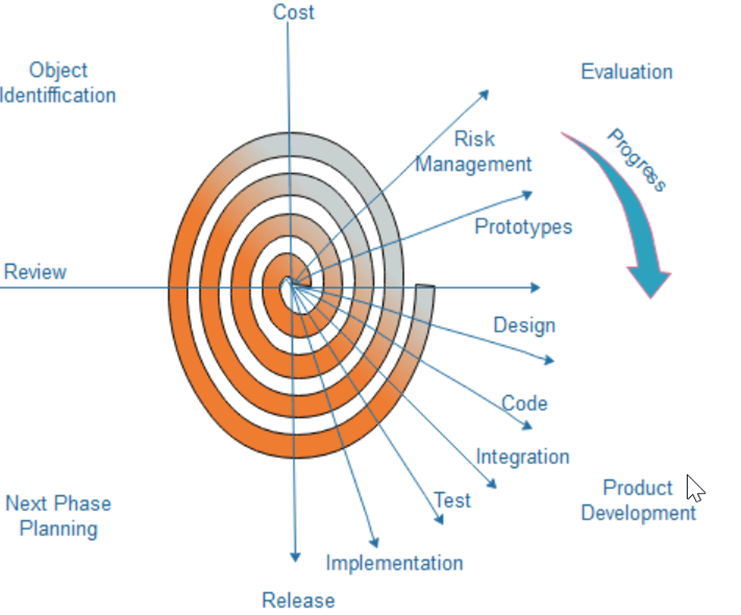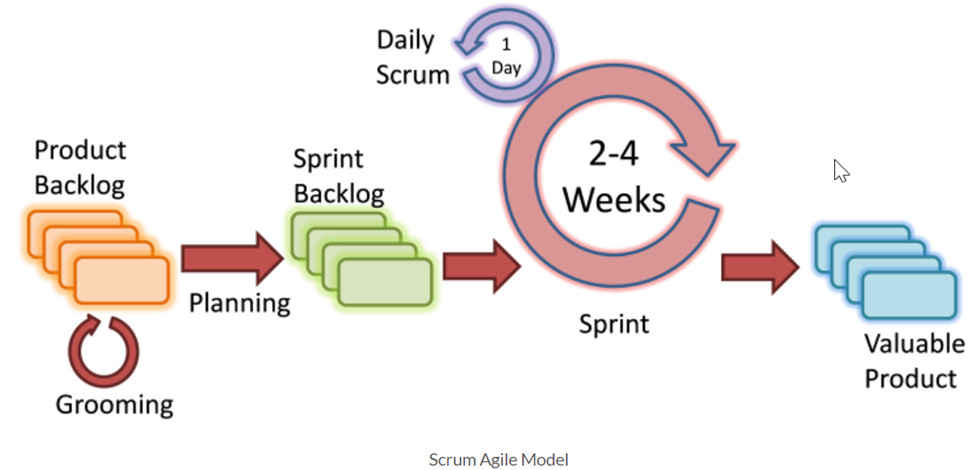STLC and QA Testing
 RamprasathSivakumar
RamprasathSivakumarQ1.List down all the models of SDLC.
Waterfall Model
V-Shaped Model
Iterative Model
Spiral Model
Big Bang Model
Agile Model
Waterfall Model:
The waterfall Model is a linear sequential flow. In which progress is seen as flowing steadily downwards through the phases of software implementation. It is like waterfall The waterfall approach does not define the process to go back to the previous phase to handle changes in requirement. The waterfall approach is the earliest approach and most widely known that was used for software development.

V shaped Model
It is an extension of the waterfall model, Instead of moving down in a linear way, the process steps are bent upwards after the implementation and coding phase, to form the typical V shape. The major difference between the V-shaped model and the waterfall model is the early test planning in the V-shaped model.

Iterative Model:
It is developed to overcome the weaknesses of the waterfall model. It starts with initial planning and ends with deployment with the cyclic interactions in between. The basic idea behind this method is to develop a system through repeated cycles (iterative) and in smaller portions at a time (incremental), allowing software developers to take advantage of what was learned during the development of earlier parts or versions of the system. It can consist of mini waterfalls or mini V-Shaped models.
Spiral Model:
The spiral model is favored for large, expensive, and complicated projects. This model uses many of the same phases as the waterfall model, in essentially the same order, separated by planning, risk assessment, and the building of prototypes and simulations.

BigBang Model:
This model is ideal for small projects like academic projects or practical projects. One or two developers can work together on this model.
Agile Model:
The division of the entire project into smaller parts helps to minimize the project risk and to reduce the overall project delivery time requirements. Each iteration involves a team working through a full software development life cycle including planning, requirements analysis, design, coding, and testing before a working product is demonstrated to the client.

2) What is STLC? Also, explain all stages of STLC.
STLC is Software Test Life Cycle.
Step 1: Planning
Step 2: Feasibility or Analysis
Step 3: Design
Step 4: Software Development
Step 5: Software Testing
Step 6: Implementation and Integration
Step 7: Operations and Maintenance
Plan: It helps to define the problem and scope of any existing systems, as well as determine the objectives for their new systems.
Feasibility: It is check the stage includes gathering all the specific details required for a new system as well as determining the first ideas for prototypes.
Design: The design stage is a necessary precursor to the main developer stage.
Development: The development phase is the part where developers actually write code and build the application according to the earlier design documents and outlined specifications.
Testing: Now it must be tested to make sure that there aren’t any bugs and that the end-user experience will not negatively be affected at any point.
Implementation: After testing, the overall design for the software will come together.
Maintenance: It is mainly focus on after launch the software resolving new issues that crop up due to user reports.
3. As a test lead for a web-based application, your manager has asked you to identify and explain the different risk factors that should be included in the test plan. Can you provide a list of the potential risks and their explanations that you would include in the test plan?
During the testing, the web application finds out the different risk factors. In test planning identify the software requirement specification and check the Usability, performance, and security testing.
1. Performance
This risk relates to the application’s ability to handle a high volume of concurrent users or large datasets efficiently. It includes concerns about response times, load balancing, and database performance.
2. Security Risk:
Security risks involve vulnerabilities that could lead to data breaches, unauthorized access, or other security issues. This includes concerns about authentication, authorization, and data encryption.
3. Usability Risk:
Usability risks involve the user-friendliness of the application. Issues like poor navigation, unclear instructions, or unintuitive user interfaces can negatively impact user satisfaction.
4. Different between QA and QC:
QA-Quality assurance
QC-Quality Control
QA:
Aim to prevent defects
Done before quality control
Manages the quality
Evaluate feedback from customer
QC:
Aim to identify and fix defects
Done after quality assurance
Verify the quality
Evaluate the customer feedback
5. Difference between Manual and Automation Testing?
Manual Testing:
•Can be more cost-effective depending on the type of application you are testing
•Not dependent on the type of application you are testing
•Is more adaptable and allows testers to adjust their approach as they uncover new issues
•Intuitive and well-suited for usability and accessibility testing.
Automation Testing
•Typically faster to execute (especially if executing tests in parallel)
•Increased test coverage because it can efficiently handle a large volume of test cases
•Less prone to human error
•Repetitive tests are reusable and able to be completed in less time
Subscribe to my newsletter
Read articles from RamprasathSivakumar directly inside your inbox. Subscribe to the newsletter, and don't miss out.
Written by
